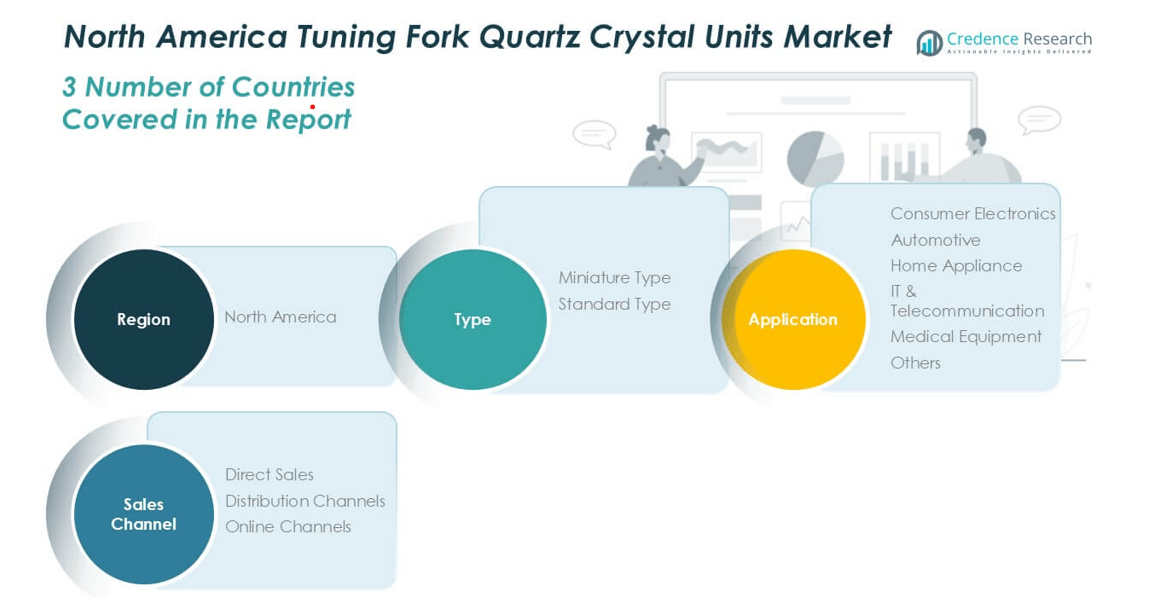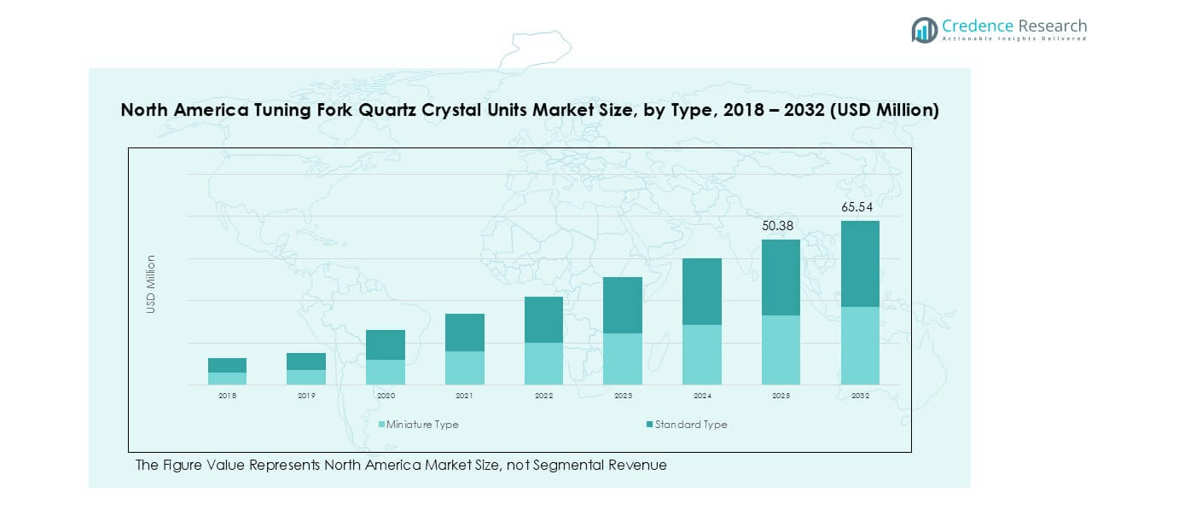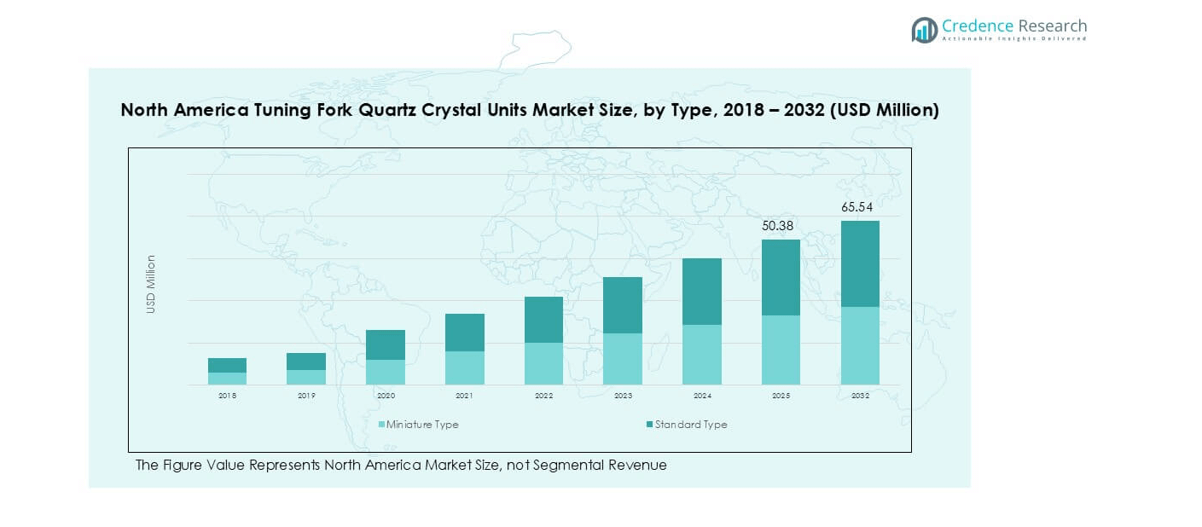CHAPTER NO. 1: GENESIS OF THE MARKET
1.1 Market Prelude – Introduction & Scope
1.2 The Big Picture – Objectives & Vision
1.3 Strategic Edge – Unique Value Proposition
1.4 Stakeholder Compass – Key Beneficiaries
CHAPTER NO. 2: EXECUTIVE LENS
2.1 Pulse of the Industry – Market Snapshot
2.2 Growth Arc – Revenue Projections (USD Million)
2.3. Premium Insights – Based on Primary Interviews
CHAPTER NO. 3: TUNING FORK QUARTZ CRYSTAL UNITS MARKET FORCES & INDUSTRY PULSE
3.1 Foundations of Change – Market Overview
3.2 Catalysts of Expansion – Key Market Drivers
3.2.1 Momentum Boosters – Growth Triggers
3.2.2 Innovation Fuel – Disruptive Technologies
3.3 Headwinds & Crosswinds – Market Restraints
3.3.1 Regulatory Tides – Compliance Challenges
3.3.2 Economic Frictions – Inflationary Pressures
3.4 Untapped Horizons – Growth Potential & Opportunities
3.5 Strategic Navigation – Industry Frameworks
3.5.1 Market Equilibrium – Porter’s Five Forces
3.5.2 Ecosystem Dynamics – Value Chain Analysis
3.5.3 Macro Forces – PESTEL Breakdown
3.6 Price Trend Analysis
3.6.1 Regional Price Trend
3.6.2 Price Trend by Product
CHAPTER NO. 4: KEY INVESTMENT EPICENTER
4.1 Regional Goldmines – High-Growth Geographies
4.2 Product Frontiers – Lucrative Product Categories
4.3 Application Sweet Spots – Emerging Demand Segments
CHAPTER NO. 5: REVENUE TRAJECTORY & WEALTH MAPPING
5.1 Momentum Metrics – Forecast & Growth Curves
5.2 Regional Revenue Footprint – Market Share Insights
5.3 Segmental Wealth Flow – Type & Sales Channel Revenue
CHAPTER NO. 6: TRADE & COMMERCE ANALYSIS
6.1. Import Analysis by Region
6.1.1. North America Tuning Fork Quartz Crystal Units Import Revenue By Region
6.2. Export Analysis by Region
6.2.1. North America Tuning Fork Quartz Crystal Units Export Revenue By Region
CHAPTER NO. 7: COMPETITION ANALYSIS
7.1. Company Market Share Analysis
7.1.1. North America Tuning Fork Quartz Crystal Units: Company Market Share
7.2. North America Tuning Fork Quartz Crystal Units Company Revenue Market Share
7.3. Strategic Developments
7.3.1. Acquisitions & Mergers
7.3.2. New Product Launch
7.3.3. Regional Expansion
7.4. Competitive Dashboard
7.5. Company Assessment Metrics, 2024
CHAPTER NO. 8: TUNING FORK QUARTZ CRYSTAL UNITS MARKET – BY TYPE SEGMENT ANALYSIS
8.1. Tuning Fork Quartz Crystal Units Overview by Type Segment
8.1.1. Tuning Fork Quartz Crystal Units Revenue Share By Type
8.2. Miniature Type
8.3. Standard Type
CHAPTER NO. 9: TUNING FORK QUARTZ CRYSTAL UNITS MARKET – BY APPLICATION SEGMENT ANALYSIS
9.1. Tuning Fork Quartz Crystal Units Overview by Application Segment
9.1.1. Tuning Fork Quartz Crystal Units Revenue Share By Application
9.2. Consumer Electronics
9.3. Automotive
9.4. Home Appliance
9.5. IT & Telecommunication
9.6. Medical Equipment
9.7. Others
CHAPTER NO. 10: TUNING FORK QUARTZ CRYSTAL UNITS MARKET – BY SALES CHANNEL SEGMENT ANALYSIS
10.1. Tuning Fork Quartz Crystal Units Overview by Sales Channel Segment
10.1.1. Tuning Fork Quartz Crystal Units Revenue Share By Sales Channel
10.2. Direct Sales
10.3. Distribution Channels
10.4. Online Channels
CHAPTER NO. 11: TUNING FORK QUARTZ CRYSTAL UNITS MARKET – REGIONAL ANALYSIS
11.1. Tuning Fork Quartz Crystal Units Overview by Region Segment
11.1.1. North America Tuning Fork Quartz Crystal Units Revenue Share By Region
11.1.2. Region
11.1.3. North America Tuning Fork Quartz Crystal Units Revenue By Region
11.1.4. Type
11.1.5. North America Tuning Fork Quartz Crystal Units Revenue By Type
11.1.6. Application
11.1.7. North America Tuning Fork Quartz Crystal Units Revenue By Application
11.1.8. Sales Channel
11.1.9. North America Tuning Fork Quartz Crystal Units Revenue By Sales Channel
CHAPTER NO. 12: NORTH AMERICA TUNING FORK QUARTZ CRYSTAL UNITS MARKET – COUNTRY ANALYSIS
12.1. North America Tuning Fork Quartz Crystal Units Overview by Country Segment
12.1.1. North America Tuning Fork Quartz Crystal Units Revenue Share By Region
12.2. North America
12.2.1. North America Tuning Fork Quartz Crystal Units Revenue By Country
12.2.2. Type
12.2.3. North America Tuning Fork Quartz Crystal Units Revenue By Type
12.2.4. Application
12.2.5. North America Tuning Fork Quartz Crystal Units Revenue By Application
12.2.6. Sales Channel
12.2.7. North America Tuning Fork Quartz Crystal Units Revenue By Sales Channel
12.3. U.S.
12.4. Canada
12.5. Mexico
CHAPTER NO. 13: COMPANY PROFILES
13.1. TXC Corporation
13.1.1. Company Overview
13.1.2. Product Portfolio
13.1.3. Financial Overview
13.1.4. Recent Developments
13.1.5. Growth Strategy
13.1.6. SWOT Analysis
13.2. Seiko Epson
13.3. Nihon Dempa Kogyo (NDK)
13.4. Kyocera Crystal Device (KCD)
13.5. Daishinku Corp (KDS)
13.6. Microchip Technology Inc.
13.7. Rakon
13.8. TKD Science and Technology
13.9. Hosonic Electronic
13.10. CTS Corporation










